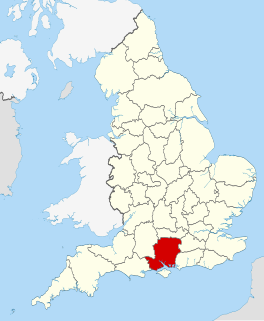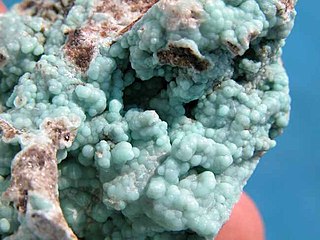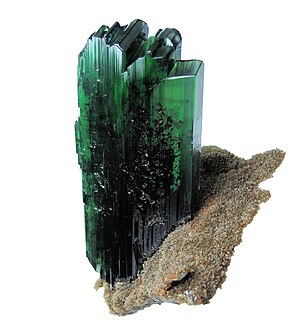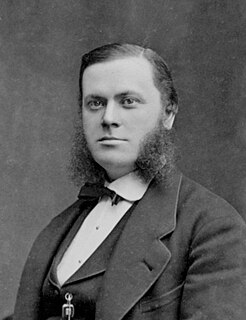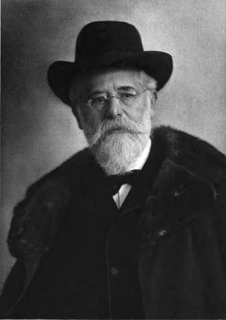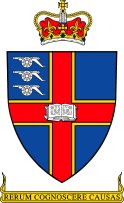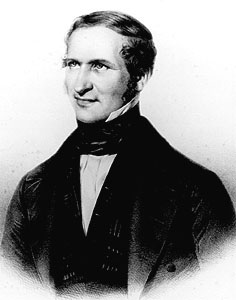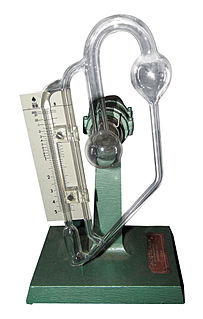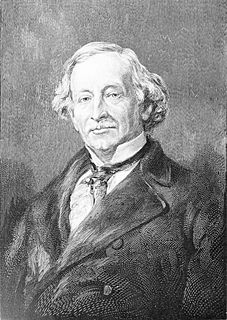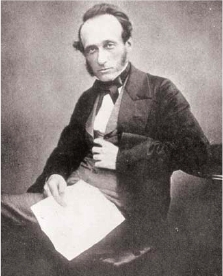| Walter Flight | |
|---|---|
| Born | 21 January 1841 Winchester, England, United Kingdom |
| Died | 4 November 1885 (aged 44) |
| Nationality | English |
| Citizenship | Great Britain |
| Alma mater | Queenwood College (Hampshire); London University |
| Scientific career | |
| Fields | chemistry, mineralogy |
Walter Flight (21 January 1841 – 4 November 1885), was an English mineralogist who studied the chemical composition of meteorites. He published academic papers on the chemical composition of meteorites in both Germany and the United Kingdom. He also worked for the British Museum, the Royal Military Academy, Woolwich, and on a committee appointed by the British Science Association, then known as the British Association.

The British Museum, in the Bloomsbury area of London, United Kingdom, is a public institution dedicated to human history, art and culture. Its permanent collection of some eight million works is among the largest and most comprehensive in existence, having been widely sourced during the era of the British Empire. It documents the story of human culture from its beginnings to the present. It was the first public national museum in the world.
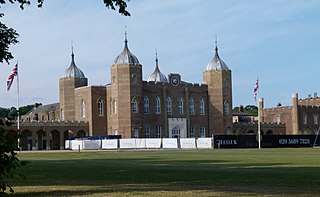
The Royal Military Academy (RMA) at Woolwich, in south-east London, was a British Army military academy for the training of commissioned officers of the Royal Artillery and Royal Engineers. It later also trained officers of the Royal Corps of Signals and other technical corps. RMA Woolwich was commonly known as "The Shop" because its first building was a converted workshop of the Woolwich Arsenal.
The British Science Association (BSA) is a charity and learned society founded in 1831 to aid in the promotion and development of science. Until 2009 it was known as the British Association for the Advancement of Science (BA). The Chief Executive is Katherine Mathieson. The British Science Association's mission is to get more people engaged in the field of science by coordinating, delivering, and overseeing different projects that are suited to achieve these goals. The British Science Association envisions a society in which a diverse group of people can learn and apply the sciences in which they learn. The British Science Association is managed by a professional staff located at their Head Office at the Wellcome Wolfson Building along with four regional staff across the UK. The British Science Association offers a wide variety of activities and events that both recognize and encourage people to be involved in science. These include the British Science Festival, British Science Week, the CREST Awards, Huxley Summit, Youth Pannel, Media Fellowships Scheme, along with regional and local events.

